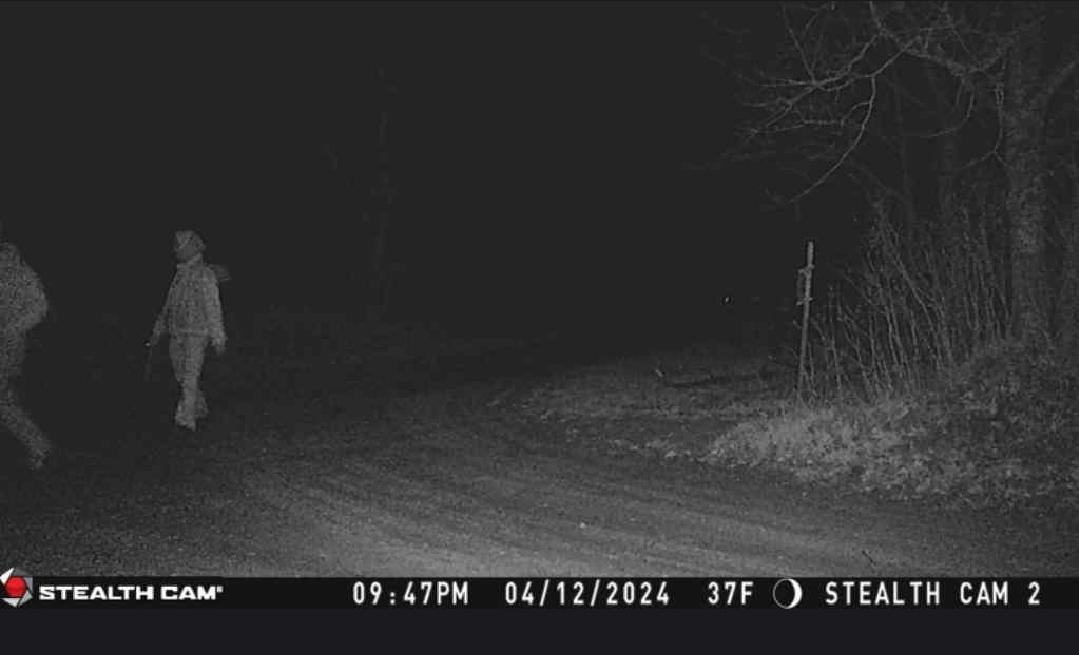

Paula Dreeszen has been hiking the Arcadia Dunes: C.S. Mott Nature Preserve since she was five years old. Now at 64, she’s volunteering with the Grand Traverse Regional Land Conservancy (GTRLC), for the 17th year, to remove invasive species.
Dreeszen helps to spot invasive species during the the GTRLC weekly outdoor workdays in the summer. She was found, Tuesday morning, looking for species like baby’s breath and spotted knapweed within the dunes.
“One of the reasons we’re removing these particular plants is to keep them from crowding out all the native plants,” says Dreeszen.
Perhaps the most important of the native plants in this area is the pitcher’s thistle.
“On the Lake Michigan coast line we have some plants that are very special to our area,” says GTRLC Volunteer Coordinator, Erica Desjardins. “We have Pitcher’s thistle, which is federally threatened.”
The plant can only be found along Lake Michigan and Lake Superior’s shorelines, seldom are they found along Lake Huron. Pitcher’s thistle requires the open sand dunes to germinate, allowing them to grow and bloom. The plant only blooms once before it dies which can take up to 11 years.
Invasive species threaten to overpower their habitat.
“[Invasive] are very aggressive and they take over and over stabilize our dune habitats, so that’s what happens with the baby’s breath and a lot of the other ones,” says Desjardins. “They put in all these roots that will over stabilize the sand.”
Spotted knapweed will begin to bloom in late July making it even more difficult to control. The entire plant has to be removed each year before it can produce seeds, preventing its regrowth. Through its roots, it infiltrates the ground with chemicals that can inhibit other plants.
The job of removing the plants require a lot of hands which is why the GTRLC needs volunteers to participate in their workdays. But anyone can help find and remove invasive species if they know what to look for.
Arcadia Dunes has signs posted at their trails helping to identify the different flora of the landscape. Dreeszen says the GTRLC is working on providing more signage to help people build on the work already being done.
But removing invasive species is not only required in Arcadia.
“We have different kinds of invasives for all of our different kinds of habitats some are more aggressive than others,” says Desjardins. “If we were to let the invasive run free they would take over and push out all the native plants. If you like being in the forest and finding morels they’ll push out morels, mushrooms, spring of femoral flowers, etc.”
For information on how to volunteer, or to check out the Grand Traverse Regional Land Conservancy’s events visit .


© 2023 - 910 Media Group

